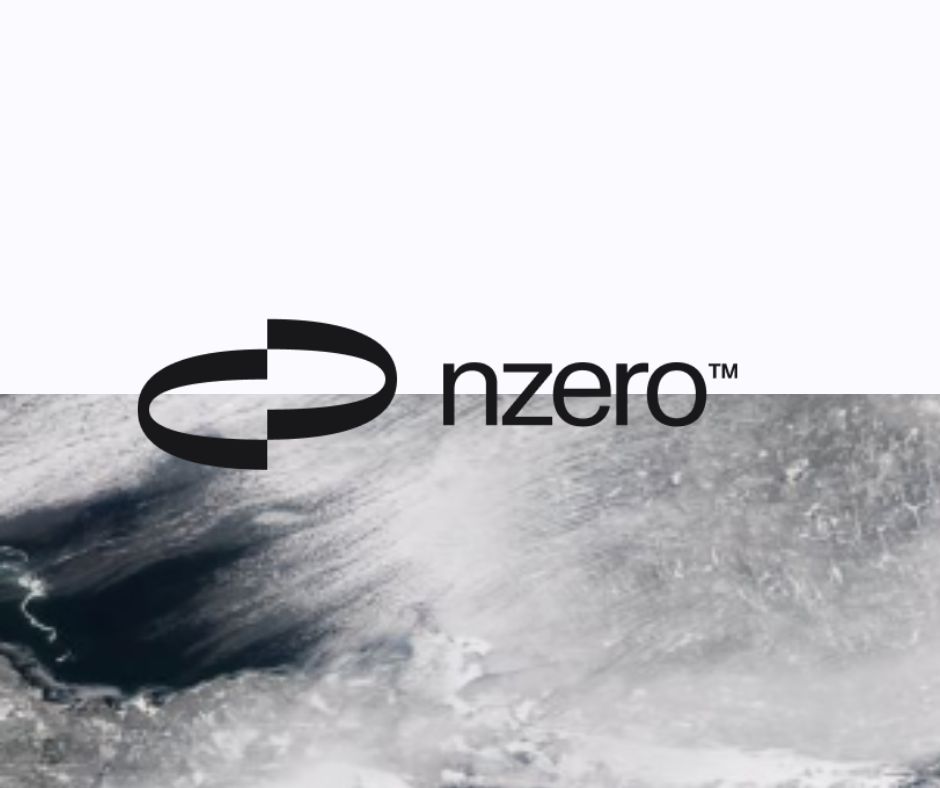Regulatory Divergence: U.S. vs. EU Disclosure Frameworks
Another catalyst for this SBTi slowdown is the diverging regulatory frameworks between major economies. The European Union is forging ahead with its Corporate Sustainability Reporting Directive (CSRD), which mandates standardized ESG disclosures and scope 3 reporting for large and listed companies. Meanwhile, the U.S. Securities and Exchange Commission (SEC) recently passed a scaled-back version of its climate disclosure rule, omitting scope 3 requirements altogether after industry pushback.
This asymmetry places multinational firms in a difficult position. Companies operating in both regions face either duplicative efforts or the risk of non-compliance in one jurisdiction. This regulatory dissonance contributes to what is now termed “disclosure fatigue”—where organizations are overwhelmed by conflicting ESG requirements and opt to deprioritize voluntary initiatives like the SBTi.
Furthermore, the SBTi itself has been criticized for lagging in clarity on how its framework aligns with evolving regulatory standards. Without clear interoperability between SBTi protocols and binding disclosure regimes, companies are rethinking the cost-benefit balance of committing to a voluntary framework with increasingly mandatory consequences.
From Pledges to Proof: The Rise of Audit-Driven ESG
The 2025 SBTi reassessment appears less a wholesale retreat and more a pivot toward auditability and defensibility in ESG commitments. Companies are not necessarily abandoning climate ambition but are demanding greater rigor and control in how targets are set, tracked, and reported.
Third-party verification, audit-grade data, and cross-functional ESG governance are rising in importance. Financial institutions, rating agencies, and insurers are also applying more scrutiny to ESG claims, pushing companies to invest in robust data infrastructure and climate risk management tools.
This shift is echoed in emerging ESG assurance standards. The International Sustainability Standards Board (ISSB) and the European Financial Reporting Advisory Group (EFRAG) are developing frameworks that will require integrated, financial-grade ESG disclosures. In this context, many companies see 2025 as a “pause-and-recalibrate” moment—stepping back from aspirational targets in favor of what they can verifiably achieve.
Notably, some firms are adopting internal carbon pricing, shadow pricing models, and emissions reduction ROI metrics to better link sustainability with business performance. While these may not meet SBTi standards outright, they reflect a growing maturity in how climate goals are embedded in enterprise strategy.
Conclusion: A Shift in Pace, Not in Purpose
The reconsideration of SBTi commitments by over 200 companies is not necessarily a retreat from climate responsibility—it may instead be a recognition that credibility and capability must catch up with ambition. As ESG enters a new era defined by legal accountability, investor scrutiny, and operational realism, the corporate climate agenda is evolving from slogan-driven to system-driven.
This trend suggests the dawn of a more audit-driven ESG ecosystem, where “saying less but doing more” becomes the new norm. Greenhushing, while problematic for transparency, reflects the growing seriousness with which companies view their sustainability narratives. It also calls for stronger coordination between voluntary initiatives like SBTi and formal regulatory frameworks to rebuild trust and ensure continued climate progress.
In the end, the question is not whether companies will act on climate—but how. The year 2025 may prove to be a watershed moment where the rules of engagement in corporate climate action are rewritten to favor substance over symbolism. And that may be exactly what is needed.
References







